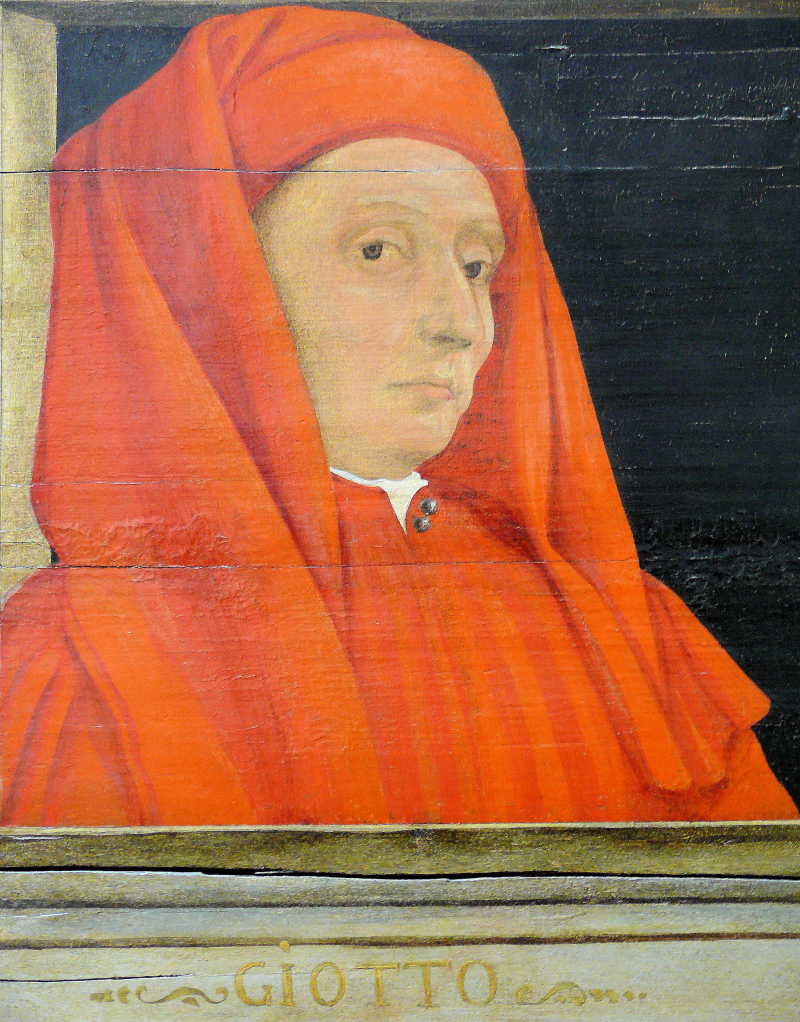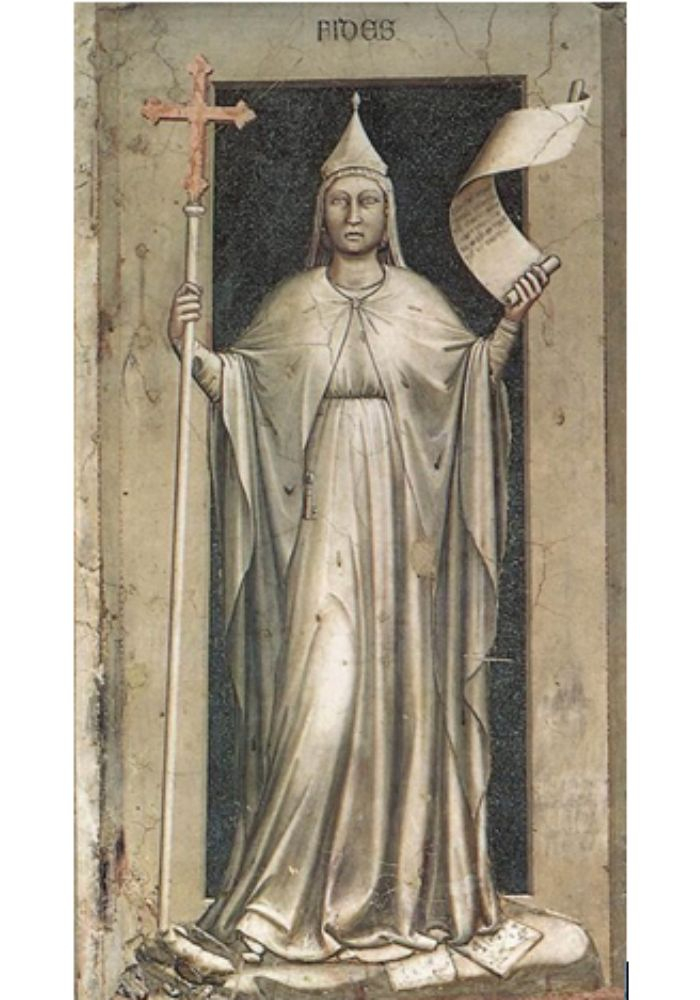Giotto
Giotto di Bondone, one of the most famous Renaissance geniuses, was an accomplished artist of the Italian Renaissance who was proficient in fresco, painting, and architecture. The Scrovegni Chapel's walls are the clearest example of his introduction of the ground-breaking painting method, which replaced the conventional Byzantine style with lifelike Renaissance paintings.
Because of the depth and delicacy of his tempera paintings, he was hailed for long years as the Father of European painting. He was supposed to have been Cimabue's closest disciple and the most coveted painter of the 13th century.
The startling similarity between paintings by Giotto and Cimabue serves as evidence for this. In addition, it's thought that Cimabue popularized a ground-breaking method in the 13th century, and Giotto carried the tradition into the 14th century and beyond. Only the faces of people assuming the immense tension and drama of forgoing and liberty are graced in a classic Giotto painting. Giotto's artwork adhered to emotionalism and rejected the early Byzantine style, which gave his paintings an exceptionally lifelike appearance.
Born: 1276 1266 or 1267
Died: January 8, 1337 (aged 61)
Movement / Style: Renaissance












